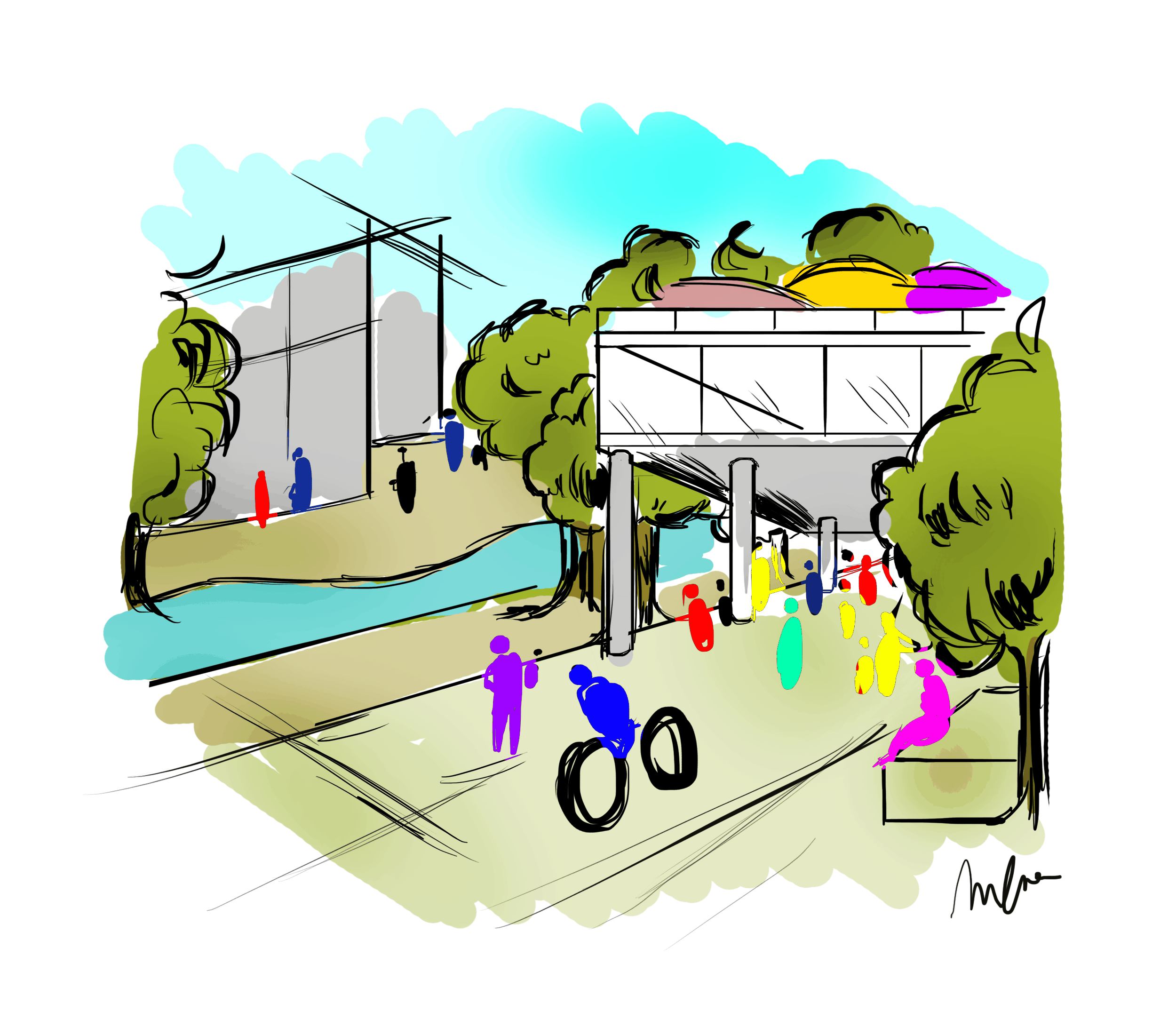Science fiction visionaries often paint the future of city life as a mesh of technology, constantly shifting to fit the needs of its denizens. Sidewalk Labs, a sister company of Google under the Alphabet Inc. conglomerate umbrella, is seeking to bring that dream to reality here in Toronto.
The project is dubbed Sidewalk Toronto and aims to transform the decrepit eastern waterfront district into a model city of the twenty-first century. Having reached an agreement with the federal, provincial, and municipal governments, the American corporation will be holding a year-long discussion about its plans for development, which include a promise of opportunity for students.
In its almost 200-page project vision, originally written in response to Waterfront Toronto’s rigorous search for partners to aid in revitalization of the waterfront, Sidewalk Labs announced that Sidewalk Toronto will engender innovation by being a centre for co-working. This would appeal to students, entrepreneurs, and academics who want to work on the cutting-edge of urban technology.
More tangibly, the document also suggests academic partnerships with the creation of an “urban innovation institute” offering graduate-level degree programs, which points to designs for an experience based on collaboration between faculty and students. Ultimately, the goal is to allow for real-world experimentation of ideas in an urban environment.
It should also be noted that the academic experience wouldn’t be limited solely to those in STEM fields. Project Vision draws attention to the fact that the institute will host interdisciplinary research. Explicitly stated areas of interest include artificial intelligence, but also encompass topics such as policy, governance, and finance.
“One could imagine the potential for longitudinal research studying the redevelopment process over time,” said Dr. Shauna Brail, Presidential Advisor on Urban Engagement at U of T. Brail also raised the possibility of opportunities for students of design to contribute to the revitalisation.
Dr. Alberto Leon-Garcia, a professor in the Department of Electrical and Computer Engineering who holds the Distinguished Professor in Application Platforms and Smart Infrastructure award, stated that he fully expects university students to be able to participate in Sidewalk Toronto industries as interns and employees and to generate start-ups in this innovative environment.
Current plans released by Sidewalk Labs highlight ambitious goals. These include servicing the entire district with autonomous “taxibots,” restricting private vehicles from the area, and integrating a “digital layer” — a network of sensors that would be constantly collecting data on dwellers and the environment to best adapt to changing needs.
However, while it may be easy to get swept up in a utopian vision, experts emphasize that there are still many hurdles on the road ahead and important questions to be asked.
“The greatest challenges probably lie in conducting a meaningful public consultation process, developing a workable financial plan, and demonstrating that data collected through sensors will be shared and not infringe on individual privacy,” said Brail. She also voiced concerns about the legality of banning private vehicles on city streets.
Dr. David Roberts, an assistant professor of the Innis College Urban Studies program, also raised the potential problem of vesting such extraordinary power in a private entity. “My biggest concerns are centered on furthering the already uneven urban investment in this city and the exacerbating of inequality,” he said.
“We do not want technology for technology sake. We do not want technology that will hurt us, but we do want technology that makes Toronto the smartest city in the world, and I think we can do it,” wrote Dr. Baher Abdulhai, the Director of the Toronto Intelligent Transportation Systems Centre, in an email to The Varsity.
While media reception of Sidewalk Toronto has overall been optimistic, there is still a long way to go until the necessary issues surrounding the project have been smoothed out.


